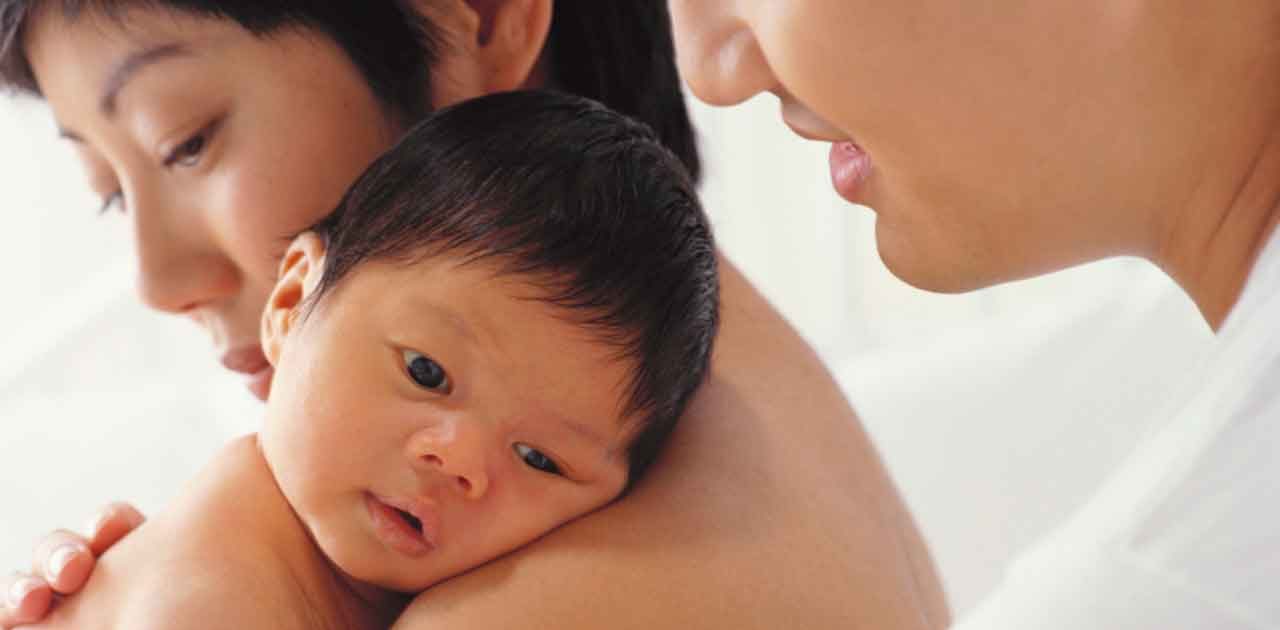How Can a Baby Have Three Biological Parents?

Reproductive scientists believe a “three parent” IFV technique can prevent genetic diseases.
A healthy baby boy, born in spring of 2016, is unlike all other human children on Earth — so far. His conception was made possible thanks to a new infertility treatment, spindle nuclear transfer, created to prevent genetic diseases from being passed from a parent to a child.
While spindle nuclear transfer has much in common with in vitro fertilization (IVF), there’s one big, science fiction-sounding difference. The technique results in a baby with three biological parents.
The baby boy, whose name has not been made public, was born to a Jordanian couple who had tried for 20 years to have a family. After four miscarriages and the early deaths of two children, the woman had genetic testing and learned the cause of her ill-fated pregnancies. Although she’s healthy, she carries a gene for Leigh syndrome, a fatal neurological disorder that affects the developing nervous system of babies.
YOU MIGHT ALSO LIKE: Designer Babies? Not so Fast
Mitochondria are structures inside cells that convert nutrients to energy and perform other tasks that allow the body to function normally. Leigh syndrome is caused by abnormal mitochondrial DNA and results in fetal death or children who suffer progressive loss of mental and movement abilities until they die — usually within two to three years of diagnosis, according to the National Institutes of Health.
Genes for the Leigh syndrome are passed down from mother to child. While the majority of DNA (deoxyribonucleic acid, the material present in almost all living organisms that carries genetic information) is housed inside each cell’s nucleus, mitochondrial DNA (including the abnormal type linked to Leighs syndrome) is found outside a cell’s nucleus.
Fertility expert and scientist John Zhang, MD, PhD, and his research team at the New Hope Fertility Center in New York City have been working on a couple of techniques that could potentially protect children from genetic diseases. The key is to replace the abnormal mitochondrial DNA with normal mitochondrial DNA from a donor, according to Zhang.
The Jordanian couple came to Zhang for help with their fertility problems. He explained one approach involved destroying a donor embryo, which was against the couple’s religion. However, they agreed to try another method — – spindle nuclear transfer, soon dubbed the “3 parent IVF.”
YOU MIGHT ALSO LIKE: Our Personalized Medicine Section
The technique had never been used in humans before; it was carried out in Mexico because spindle nuclear transfer is not yet approved in the U.S.
Here’s how it worked: Zhang removed the nucleus (which contains most DNA material) from one of the mother’s eggs and inserted it into an egg from a donor that contained normal mitochondrial DNA but had already had its nucleus removed. Then the egg was fertilized with the father’s sperm. The process was repeated five times but only one of the embryos survived and was implanted in the mom-to-be’s uterus.
Nine months later, a healthy baby boy was born with genetic material from three different people — his mom, his dad, and the egg donor — giving him three biological parents. The child has shown no signs of Leigh syndrome.
Zhang recognizes that the idea of a child born with three biological parents is controversial — but he’s convinced it is an important step forward to eliminating many genetically transmitted conditions.
“To put DNA back together in a predictably healthy way could mean the end of many diseases and ailments that hold humanity back,” he wrote in his New Hope Fertility Center blog. “Yes, this is controversial conversation. This isn’t DNA recombination, however, it’s akin to DNA washing, for a very specific particle of debris. And if we are successful, what then? If there is a cure for what was once considered an infant’s death sentence, should it not be explored regardless of the controversies?”
Owen K. Davis, MD, President of the American Society for Reproductive Medicine, agrees spindle nuclear transfer could mark advancement in the field of reproductive medicine.
“Mitochondrial disease has been an important, and challenging problem,” Davis said. “If subsequent research determines the safety and efficacy of spindle nuclear transfer, we look forward to it being an option for patients who risk transmitting mitochondrial diseases to their children.”
Updated:
March 31, 2020
Reviewed By:
Christopher Nystuen, MD, MBA